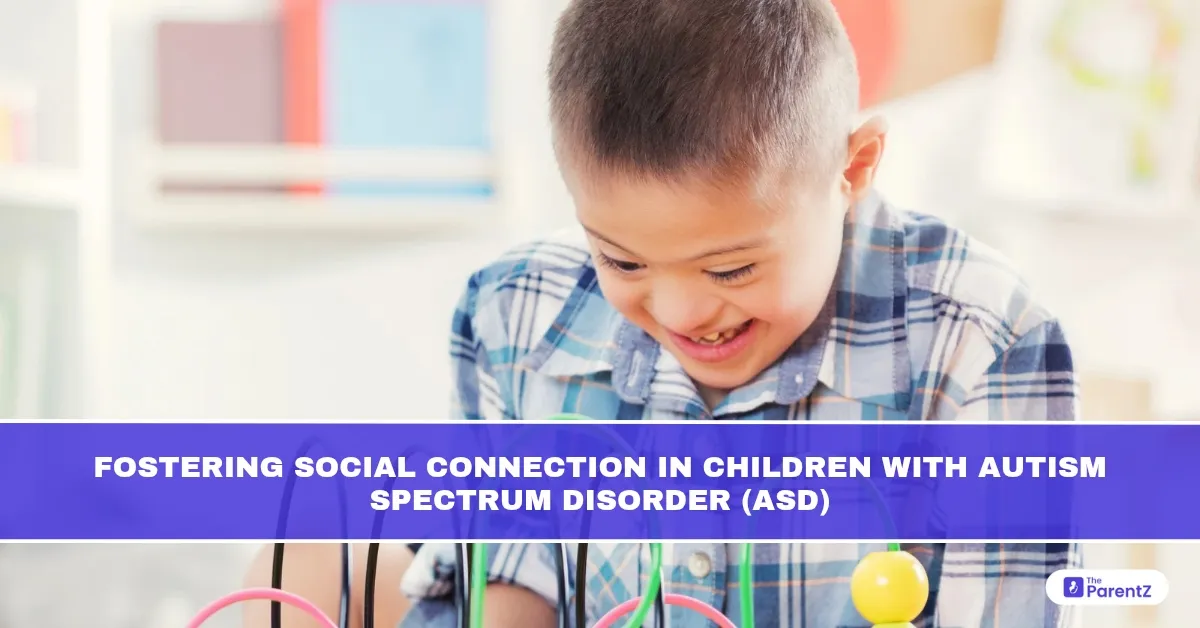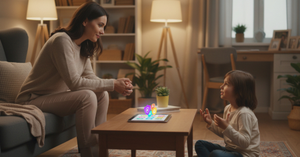It’s a familiar scene for many parents of children with Autism Spectrum Disorder (ASD): a group of kids playing together while your child sits nearby, observing but not joining in. You may wonder, "Why does it seem so hard for my child to make friends?" or "How can I help them connect with others without overwhelming them?"
Social interaction is a fundamental part of childhood, but for children with ASD, it can feel like trying to learn a language no one taught them. This doesn’t mean they don’t want to connect; it simply means they may need support, structure, and time.
Children with ASD often experience differences in:
- Social communication: difficulty interpreting facial expressions, tone of voice, or body language.
- Reciprocal interaction: trouble taking turns in conversation or understanding others’ perspectives.
- Play behavior: preference for solitary or repetitive play instead of cooperative games.
- Sensory sensitivities: overstimulation in social settings can lead to anxiety or withdrawal.
These differences are part of how their brains are wired, not signs of disinterest or lack of care.
Why Social Connection Matters
Even though the path may be different, children with autism benefit greatly from meaningful social relationships. Connection helps:
- Improve communication skills
- Boost emotional regulation
- Build confidence and self-esteem
- Reduce feelings of isolation
- Enhance quality of life long-term
Strategies to Foster Social Connection
1. Start with Strengths and Interests
Many children with ASD have deep interests, trains, dinosaurs, puzzles, or science facts. These can be powerful social bridges.
- Encourage group activities around your child’s favorite topics.
- Use their interests to guide peer interactions (e.g., joining a Lego club or a nature walk).
- Shared passions can spark engagement more naturally than forcing “typical” social games.
2. Use Visual Supports and Social Stories
- Visual tools help children with ASD understand social situations and expectations. You can use:
- Social stories: Simple narratives that explain what happens in a situation (like “How to join a game” or “Taking turns”).
- Visual cues: Pictures or cards showing emotions, greetings, or conversation starters.
3. Model Social Behaviour Gently
- Children with ASD often learn best through observation and repetition.
- Use role-play to practice greetings or conversation.
- Narrate your own interactions out loud ("I said ‘Hi’ because I wanted to let her know I saw her").
Watch TV shows or read books together and pause to ask, “What do you think that character is feeling?”
4. Set Up Structured Playdates
A clear activity (like building blocks or baking cookies)
- One or two familiar peers
- Visual schedules or timers to show what will happen and for how long
- This gives children a sense of safety and success.
5. Encourage Peer Buddies and Inclusion at School
Talk to your child’s teacher about:
- Peer buddy programs
- Cooperative learning groups
- Assigning a “friend helper” in new settings
Inclusion isn’t just about being in the same room, it’s about being invited, noticed, and engaged.
6. Support Social-Emotional Learning (SEL)
Many children with ASD benefit from programs that teach:
- Recognising emotions in self and others
- Conflict resolution
- Empathy and turn-taking
7. Celebrate Small Wins and Progress
Social growth can be slow and non-linear. A wave today might lead to a “hello” in a few weeks. Celebrate these moments.
Avoid focusing only on what your child can’t do. Instead, highlight:
- “You looked at him when he spoke, that was kind.”
- “You waited your turn so patiently. That helped your friend feel heard.”
- Positive reinforcement builds confidence and motivation.
8. Be Patient and Respectful of Boundaries
It’s okay if your child prefers fewer social interactions or tires quickly. Respecting their limits shows trust and keeps socializing from becoming a source of stress.
Connection doesn’t always look the same. For some, sitting side-by-side in quiet companionship is just as meaningful as playing tag or chatting.
When to Seek Extra Support
If your child:
- Shows distress in most social settings
- Struggles to understand basic social cues despite efforts
- Withdraws or isolates frequently
- Has few to no peer interactions by late childhood
It may be helpful to work with professionals like:
- Speech-language pathologists
- Occupational therapists
- Behavior therapists (e.g., ABA providers)
- Social skills groups run by trained facilitators
Final Thoughts: A Different Path, Not a Lesser One
Children with ASD have unique ways of seeing the world and unique ways of connecting, too. With empathy, creativity, and patience, we can help them find joy in relationships while honoring who they are.
Your child may not be the loudest in the room or the first to speak, but when they connect, it’s often with incredible depth, honesty, and care. By meeting them where they are, we give them the best gift of all: the freedom to grow into their full, connected selves—one relationship at a time.








Be the first one to comment on this story.